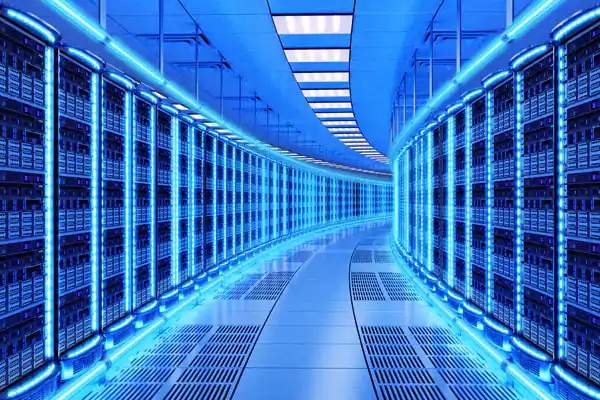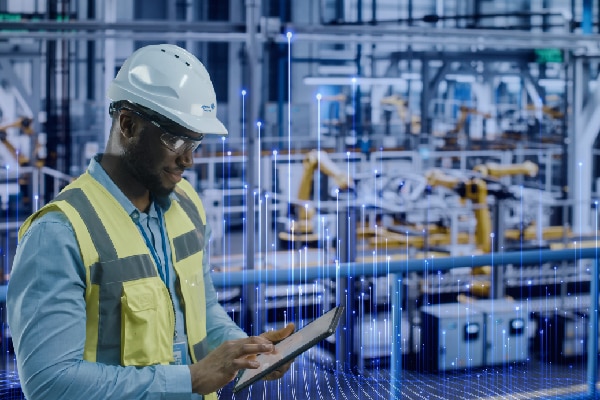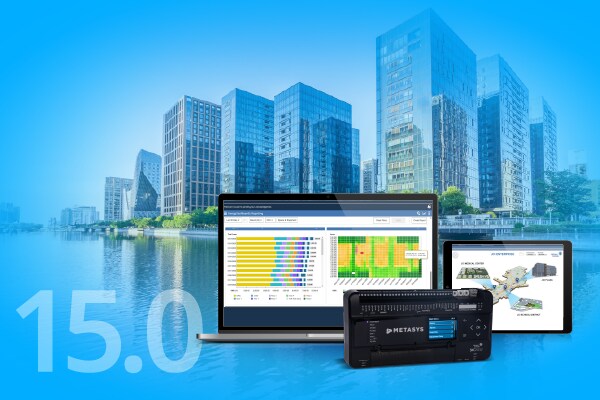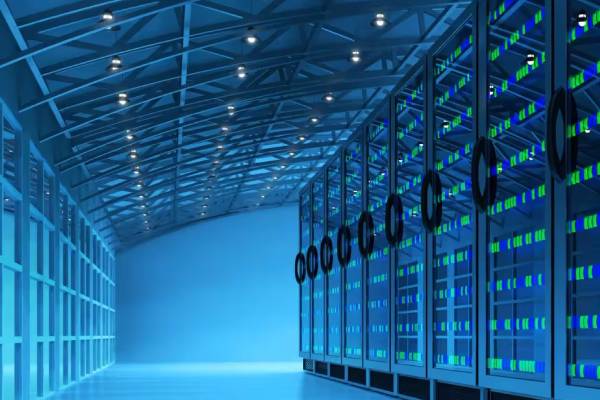- Johnson Controls
- Building Insights
- Why Service is Critical to Building Performance and Longevity
Why Service is Critical to Building Performance and Longevity
Q&A with Joni Zein, Vice President of Services, EMEALA, and Matt Burke, Vice President of Services, North America
Johnson Controls' building service operations leaders, Matt Burke and Joni Zein, offer valuable insights into the impact of service on achieving reliable and predictable building operations.
Although representing different regions, Burke and Zein’s expertise transcends geographical boundaries, demonstrating that the need for reliable and predictable building operations is a shared concern among building owners worldwide.

Tell us about Service as it relates to buildings, and what does Johnson Controls’ service offering looks like?
 Matt: Service is a critical piece of the building lifecycle equation. Regular wellness checks and maintenance are essential to function at our best and lead the longest life possible.
Matt: Service is a critical piece of the building lifecycle equation. Regular wellness checks and maintenance are essential to function at our best and lead the longest life possible.
Building equipment such as heat pumps, chillers, fire safety equipment or building automation systems, are not only imperative to the performance and longevity of a building, but also to bottom line costs. When you consider that many of these technologies are designed to last for up to 25 years, the service and maintenance of this equipment is just as important as the product itself and should be carefully considered upfront.
At Johnson Controls, we understand service is such a core aspect of the building lifecycle. As a result, we are as much a service company as we are a product company, and we have worked hard to build our reputation in this space. Today, we have the most extensive service fleet of any company in the industry, able to serve more than 65 million customer contacts 24/7.
In both regions, we offer a range of service plans to suit all business and facility types, sizes and geographies. These range from traditional planned service agreements through to connected smart services and outcome-based services which are enabled by our OpenBlue digital platform.
Why is Service important, and can you give an example of the impact Service can make in the field?
 Joni: Having a service agreement in place can keep facilities operating at peak performance and efficiency, minimize downtime and extend the lifetime of equipment. This not only helps avoid considerable costs, but protects people, goods and assets—for example, where building equipment is mission critical to operations like hospitals.
Joni: Having a service agreement in place can keep facilities operating at peak performance and efficiency, minimize downtime and extend the lifetime of equipment. This not only helps avoid considerable costs, but protects people, goods and assets—for example, where building equipment is mission critical to operations like hospitals.
The benefit of having a connected service plan is that we can quickly identify and resolve operational issues before they become a problem. This has already helped to save some of our customers thousands of dollars.
Chillers are an important example. They can consume as much as half of the total energy used in a building, so ensuring they run at optimal efficiency is crucial to comfort, productivity and impact on bottom line.
A great use case is from one of our customers in London, a prestigious financial centre, that utilizes our OpenBlue Services to monitor seven business-critical chillers. Our OpenBlue AI-powered diagnostics tool identified one of the chillers was operating at 5 degrees Celsius higher than necessary. A simple control set point adjustment was made, resulting in a 15% energy savings opportunity. It also reduced stress and increased reliability of the motor and reduced 30+ million metric tons of CO2 emissions per year.
Johnson Controls' Services leaders offer valuable insights into the impact of service on achieving reliable and predictable building operations.
What trends are you seeing in the service space and what do you expect the service landscape to look like in another 10 years?
Joni: As mentioned above, connectivity is key. Just as digitalization is a game changer for smart buildings of the future, this is also re-defining the service industry. By moving from a reactive to a predictive model, we can detect problems before they occur, ensuring business continuity and saving costs. In the above case with the financial centre in London, an onsite inspection visit would not have been able to diagnose this problem.
At Johnson Controls, we have invested in a digital infrastructure with a growing number of Remote Operating Centres around the world that continuously monitor our customers’ facilities. Teams of expert technical engineers proactively analyze building data, conducting daily health checks and providing technical assistance. If inefficiencies are found, we can generally fix around 60% of problems remotely.
Matt: Artificial intelligence (AI) will also play a major role. Using data from thousands of service tickets, AI can quickly give advice to technicians and propose solutions. Even before the technician goes to the site, he or she will understand the situation.
Also, “predictive” leads to “more productive.” With the use of AI and predictive diagnostics, technicians will know more quickly what needs doing, rather than spending hours trying to figure it out—allowing them to be more productive with other tasks. This is significant if when you consider the increasing shortage of direct labor in the field: With every eight industry retirements, only one comes back into the workforce.
What should be the main considerations when looking for a service partner, and what sets you apart when it comes to your Service offering?
Matt: The service landscape is vast, ranging from small independent repair shops typically offering a “break-fix” solution, to original equipment manufacturers like Johnson Controls that offer a full range of service agreements with connectivity—enabling “predictive”, “proactive” and even “prescriptive” maintenance.
Price is always a factor, but service, reliability and expertise are just as important. One thing we repeatedly hear from customers is that Johnson Controls’ technicians are the best and most reliable in the field— when they need us most, we’re there!
As an Original Equipment Manufacturer (OEM), we know our equipment best; we own the intellectual property and know how it works better than anyone else. In many cases we’ve worked hand-in-hand advising and consulting our customers for months, or years. So we also know their buildings inside and out. This is a distinct advantage when it comes to servicing and understanding the bigger picture building environment. Nevertheless, our technicians are also trained to service all makes and models.
When is the best time for customers to start thinking about a service agreement?
Joni: There’s no better time than to think about service plans than now! When you’re investing in new equipment— whether that’s for a retrofit or a new build—we strongly encourage customers to think about the entire lifecycle of their equipment right from the outset. The sooner you start maintaining the technology, the better the performance, efficiency and reliability of the equipment, and the longer the lifecycle.
It’s a win-win for our customers . Once installed, managing equipment in a building is always a cost, so anything we can do to remove that burden and lower that cost is a logical choice.
Customers don’t buy our products just for the sake of having a product. We’re in the business of about long-term value creation and being alongside our customers throughout the entire product lifecycle. It’s a unique part of our expertise and as such, I believe that there is no better advocate for smart, healthy and sustainable than Johnson Controls.







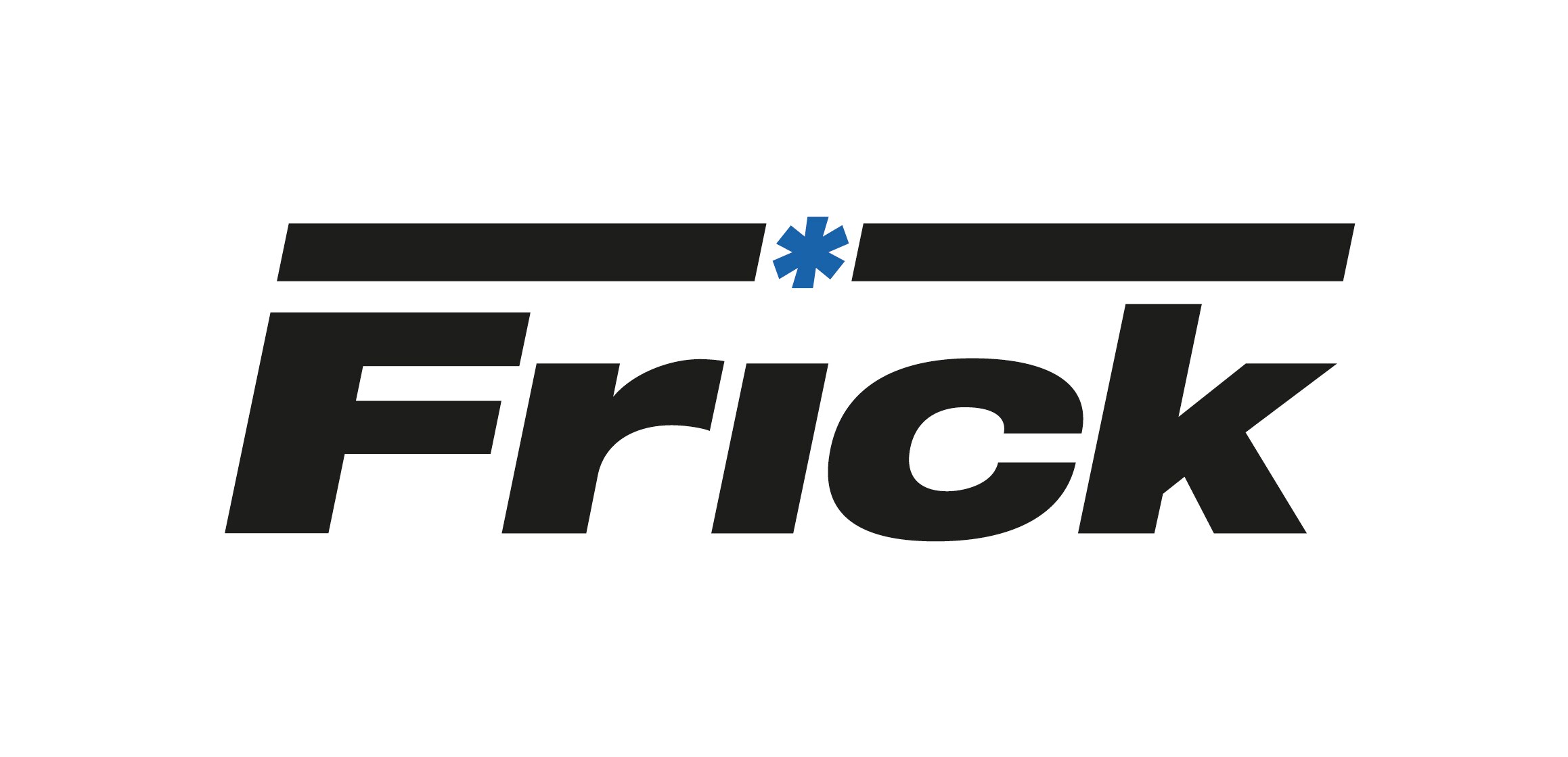



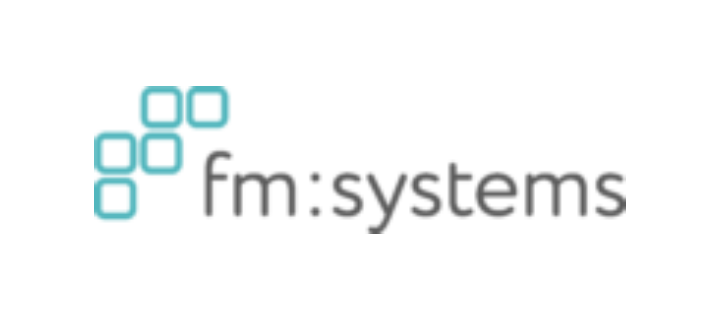



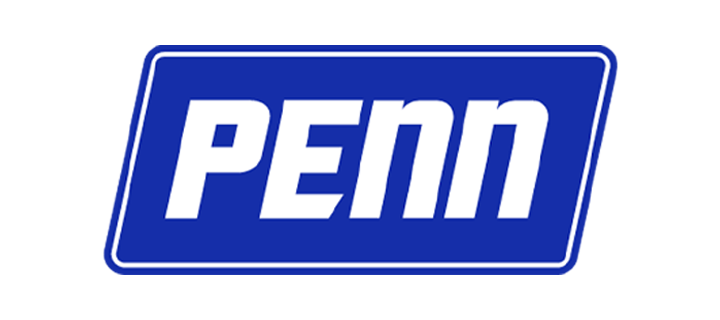

.jpg?la=en&h=320&w=720&hash=244C75B74F0F77521D56164450973BCD)

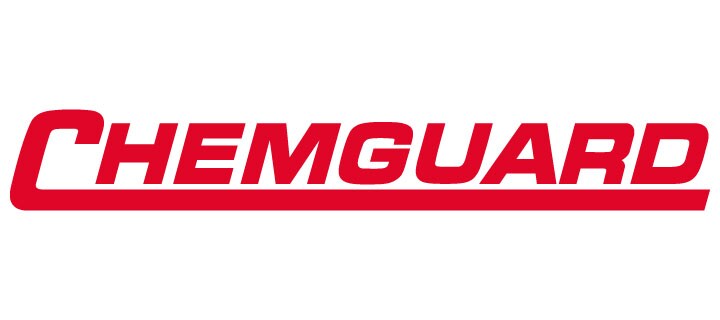
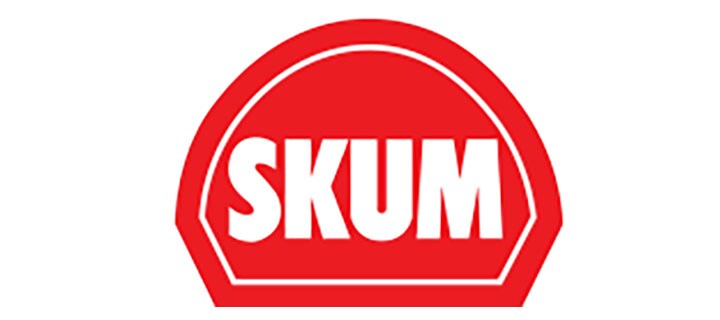


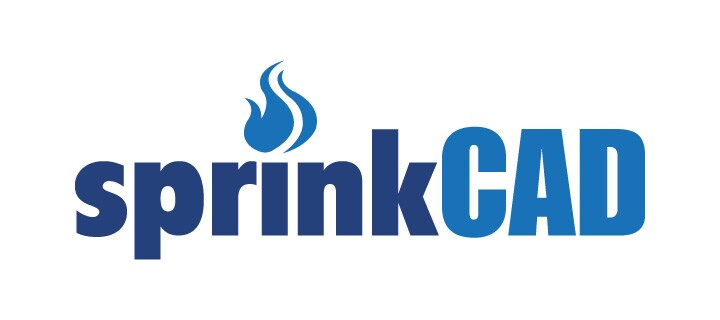
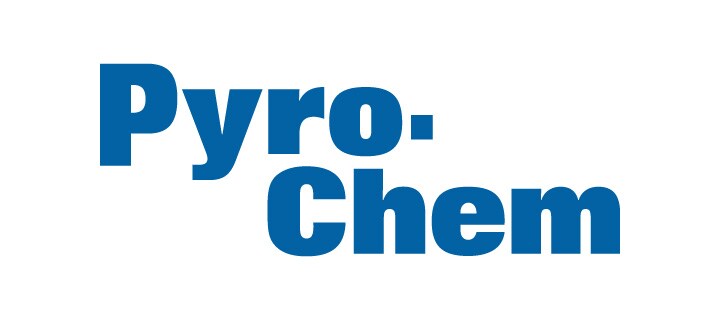







.jpg?la=en&h=310&w=720&hash=8D9823F26AA80B2B75C3E4B2E61770DC)


.jpg?la=en&h=320&w=719&hash=13CA7E4AA3E453809B6726B561F2F4DD)
.jpg?la=en&h=306&w=720&hash=F21A7CD3C49EFBF4D41F00691D09AEAC)

.png?la=en&h=320&w=720&hash=18CFCCD916C92D922F600511FABD775D)




